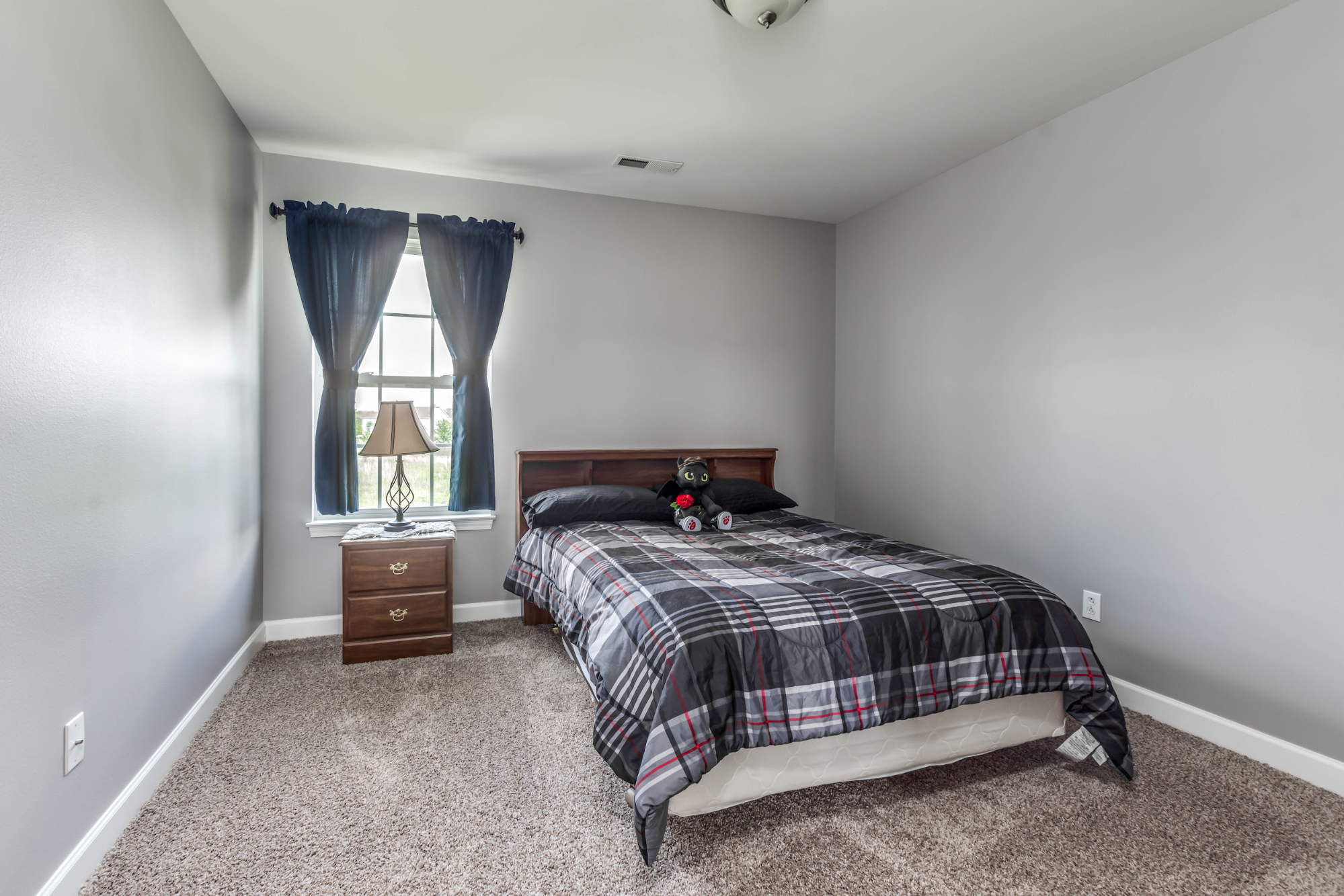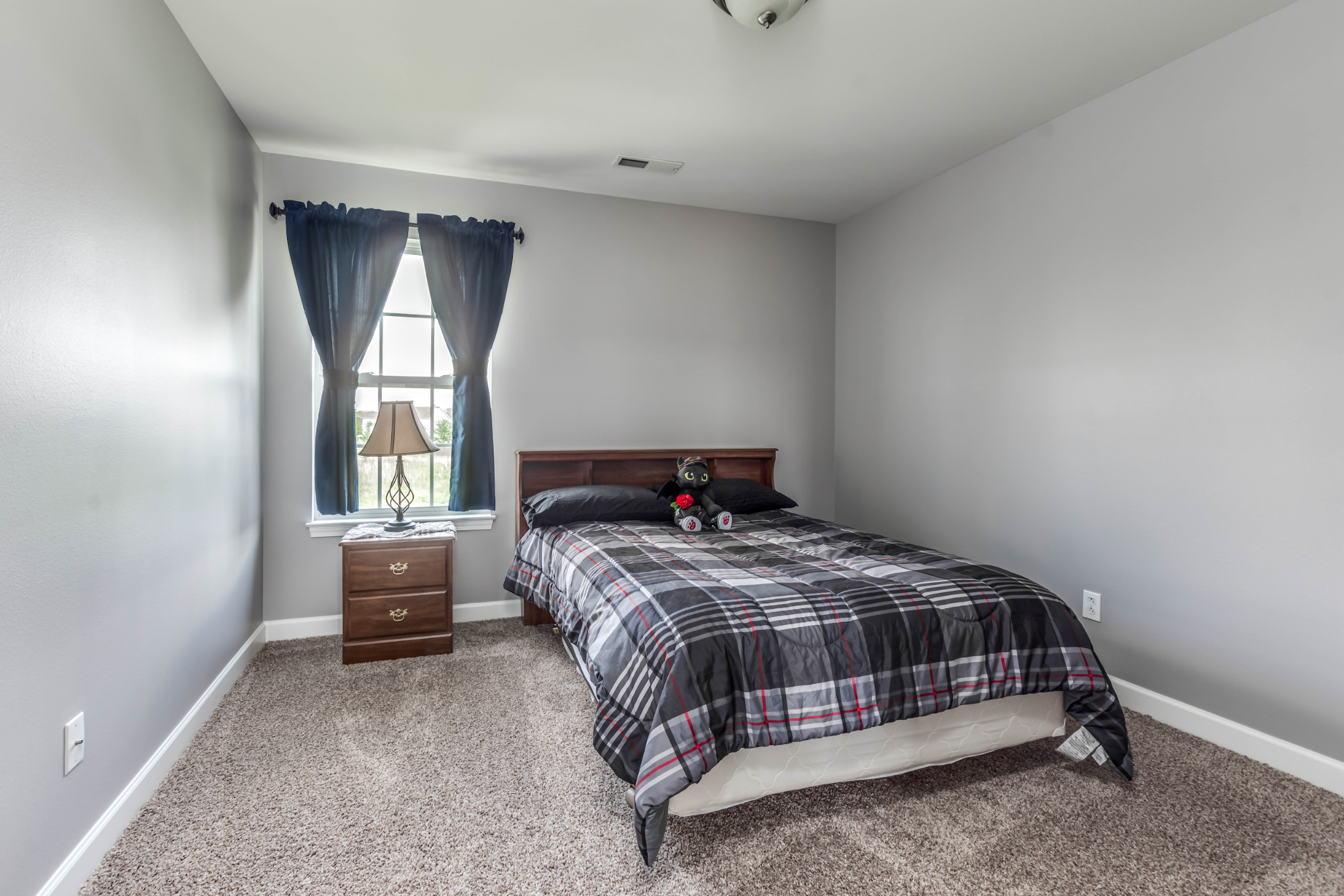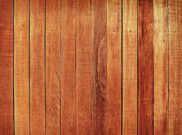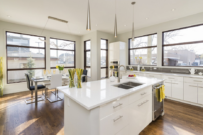Comparing Different Flooring Options; Luxury Vinyl Plank, Tile, and Carpet


Sam Willis
Sam Willis is an esteemed BPA Advisor and Editor specializing in Restoration & Remodeling. As a dedicated writer, Sam takes pride in sharing his extensive knowledge and expertise in residential and commercial construction, as well as restoration & remodeling. Sam plays a crucial role in offering valuable insights that shape the discourse around innovative construction practices and materials.
There are a multitude of factors that must be considered when choosing flooring for your living spaces, such as the type of furniture that you plan on using in the room, how the flooring will complement the atmosphere you are trying to create, and whether or not you have children and/or pets.

With this in mind, three of the more prevalent flooring options on the market--luxury vinyl plank, tile, and carpet--will offer different benefits and drawbacks to homeowners, so carefully consider the following breakdown before selecting any of these materials.
Luxury Vinyl Plank
Luxury vinyl plank is an innovative, synthetic flooring material that offers a solution to many of the common problems associated with flooring a house.
Many homeowners covet the natural look of flooring materials, such as hardwood and natural stone. Unfortunately, these materials are prohibitively priced, making them inaccessible to some homeowners.
Enter luxury vinyl plank. This material can be fabricated into an ostensibly never-ending variety of colors and designs, with affordable options available that are essentially indistinguishable from hardwood or natural stone. There is luxury vinyl plank that will match any interior design scheme you have planned, and it even makes a great flooring option for finished garages and basements, as you will be able to find a color that pairs well with plywood shelves and cabinets.
In addition to the low cost and vast color options, luxury vinyl plank also offers the following benefits:
- While materials such as hardwood and tile require the expertise of skilled craftsmen to install, luxury vinyl plank makes a great choice for novices and DIYers, as the planks generally just lock in place and are easy to customize should the need arise to fit them into odd corners
- It is easy to clean and maintain and is not readily scratched or damaged in the face of heavy wear and tear
- It stays warm in the winter and offers a bit of padding, making it slightly more forgiving than natural hard flooring options
While many synthetic flooring options will release volatile organic compounds for up to 10 days after installation, quality luxury vinyl plank will be certified for no harmful emissions, meaning that indoor air quality will not be adversely affected when choosing this product
Although there are not many downsides to luxury vinyl plank, one point to consider is that as a floating flooring, it may shift slightly when furniture is dragged across it or heavy wheelchairs are used in the house. It is also worth noting that if adding value to your home for resale is the main motivation for replacing the floor, hardwood or tile would be a better choice than luxury vinyl plank.
Tile
Another popular flooring material is tile. Tile is a favorite for use in the bathroom and kitchen due to its non-porosity, making water and cooking spills easy to clean with a simple sweep of a mop, with no threat of staining attached.
In terms of cost, there are many different types of tiles that can carry a wide range of price tags. However, a standard ceramic tile, while more expensive than luxury vinyl plank or carpet, is still affordable for most households.
Finally, tile is a very durable option that will last homeowners at least 20 years when properly used and cared for. In addition, a quality tile installation from a trusted flooring contractor will add value to the home come resale time.
The drawbacks to tile are that it is very heavy, making it a prohibitive choice for any upstairs rooms and likely requires a trained professional to install. It is also cold, hard, and slippery, posing a threat in homes with children at play and likely needing to be paired with a handrail, or more customizable alternative, for aging-in-place households. Lastly, while the tile itself is nonporous and easy to keep shiny, the grout that holds the tile together is notoriously difficult to maintain, with filthy grout potentially marring the appearance of pristine tile.
Carpet
The most prevalent flooring material in homes, no option presents a more polarizing list of pros and cons than carpet.
In terms of cost, carpet is among the most affordable options on the market, with a square foot of carpet priced at a fraction of the more luxury flooring materials. Carpet is also soft and warm, making it a favorite flooring option for living rooms, bedrooms, and anywhere that children are likely to play.
Finally, carpet comes in a virtually endless array of colors, which can greatly assist interior design efforts. For example, many modern homes feature open kitchens that use a breakfast bar, instead of a wall, as a barrier between the kitchen and living spaces. If this is the case for your home, you should have no problem finding living room carpet to match the quartz colors of your bar and kitchen surfaces.
In terms of negatives, carpet is very difficult to clean, with frequent vacuuming and yearly shampooing required for maintenance. The high energy requirements of these cleaning efforts make carpet one of the least environmentally-friending flooring options available. In addition, due to its high absorbency, carpet is largely off-limits for bathrooms and kitchens.
Transform Your Home with the Right Flooring

With various flooring options available in the market right now, it is important that you pick the right flooring for your home that suits your preference, needs and budget. Remember, each flooring options has a distinct advantages and disadvantages so make sure to weigh them carefully before making a final decision.
Get Smarter About Building Products
Join 50,000+ subscribers and get our 3 min daily newsletter on what matters in the building materials industry.
You might like this


Edgecomb Gray vs Revere Pewter: Greige Color Showdown
When it comes to the battle of Edgecomb Gray vs Revere Pewter, these two popular paint colors from Benjamin Moore offer unique characteristics that make them both highly sought-after choices for interior and exterior applications. In this in-depth analysis, we will explore the subtle differences between Edgecomb Gray and Revere Pewter, as well as their […]


Lifetime Steel Post vs PostMaster Fencing: In-Depth Guide
When it comes to fencing, the choice between Lifetime Steel Post and PostMaster Fencing can be a challenging decision for both DIYers and professional builders. In this blog post, we will dive deep into the features and styles of these two popular fence posts options. Lifetime Steel Post Features and Styles The Lifetime Steel Posts […]


Sunrise Windows vs Andersen: Comparing Quality & Efficiency
When it comes to choosing the right replacement windows for your home or construction project, Sunrise Windows and Andersen are two leading contenders in the market. Both companies offer a variety of window options with distinct features and benefits that cater to different needs and preferences. In this comprehensive comparison between Sunrise Windows vs Andersen, […]